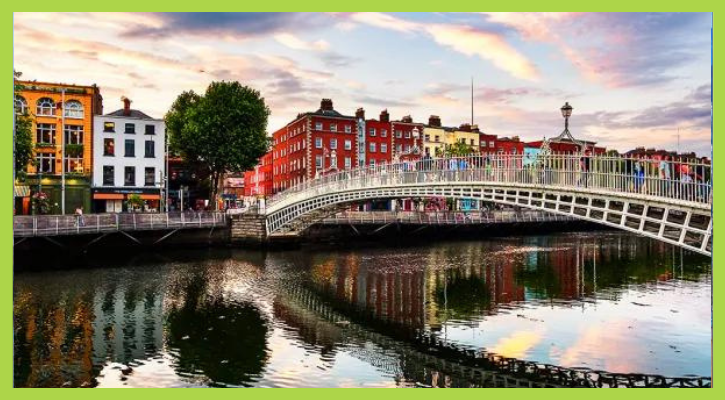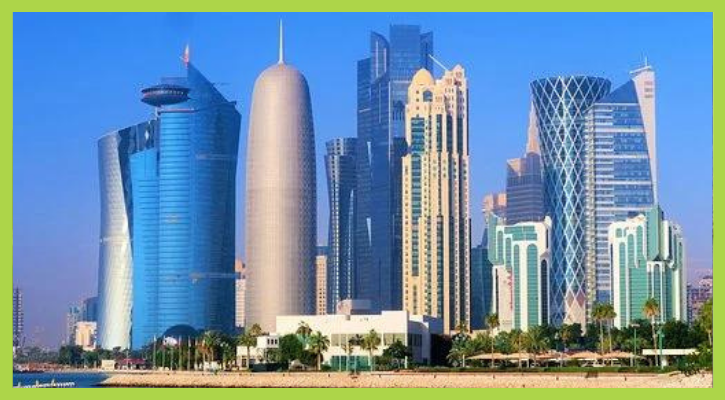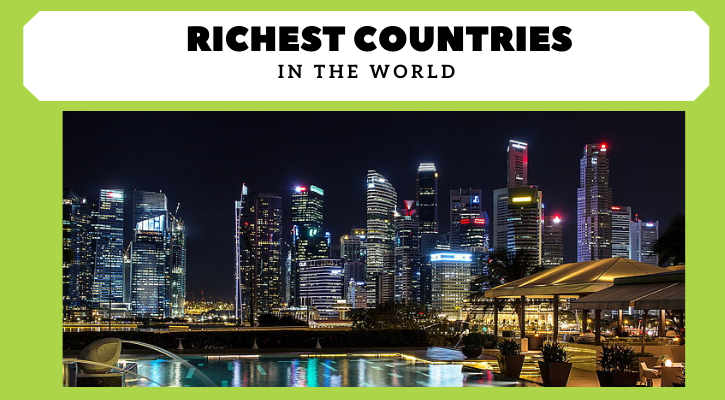4. Ireland

- Population: 4,953,494
- GDP per capita (PPP): $87,212.0
Low corporate taxes continue to entice numerous multibillion-dollar corporations to relocate and expand their operations in Ireland, contributing to the GDP and the people’s high standard of living. Even though citizens are paid well, per capita income has been growing much slower than the collective GDP. Nonetheless, others covet the country’s stability and ongoing wealth gain from tourism, agriculture, and manufacturing.
Irish Pot of Gold
Metals and food products, including brewing, computers, parts and software, and textiles are the country’s main exports. Ireland’s tertiary industry is also heavily reliant on call centers, legal services, accounting, customer service, stockbroking, and catering.
A nation of just 5 million inhabitants, Ireland was one of the hardest hit by the 2008 financial crisis. Following some politically difficult reform measures like deep cuts to public-sector wages and restructuring its banking industry, the island nation regained its fiscal health. It boosted its employment rates and saw its per capita GDP almost double in a short amount of time.
Ireland seemed unstoppable until recently. While the rest of Europe was facing all sorts of uncertainties, Brexit, trade tensions with the U.S., refugee and migrant crises amongst others, the Irish economy was humming along. In 2019, when the Eurozone grew only 1.5%, Ireland’s economy expanded by over 4.9%. The fastest-growing country on the continent. It would only be normal to think the Covid changed that, right? But Ireland defied all expectations once again. Its GDP, according to the IMF, grew by 5.8% in 2020, and by more than twice that, an astounding 13%, in 2021.
Tax Haven
Ireland is one of the world’s largest corporate tax havens, with ordinary people benefiting far less than multinationals do. And while they are undoubtedly better off than they used to be, according to data from the OECD the national household per-capita disposable income is lower than the overall member countries’ average, about $25,300 a year versus $33,600. Furthermore, with the planned withdrawal of government pandemic supports leaving around 100,000 more people jobless than before the pandemic, the country’s unemployment rate is expected to climb to 8.1% from its current 5.8%. There is a considerable gap between the richest and poorest, the top 20% of the population earns almost five times as much as the bottom 20%.
3. Qatar

- Population: 2,899,617
- GDP per capita (PPP): $93,851.7
The once-sleeping peninsula off Saudi Arabia’s eastern coast has transformed into an important oil-exporting international hub in the last two decades. Whereas just 50 years ago it was only a little fishing economy with nearly no schools. Qatar began substantial natural gas shipments to Japan and Spain in 1997, then expanded to additional nations in the early 2000s. After fifteen years and 14 natural gas plants, the country’s GDP has risen from $30 billion to more than $200 billion. Qatar, behind Russia and Iran, has the world’s largest natural gas reserves, with about 900 trillion cubic feet, accounting for 60 percent of the country’s total GDP.
Discovery of Oil and Gas
Having discovered oil in 1939 and natural gas 30 years later, it began producing 46,500 barrels per day in 1951. Although some of the revenue was used to start modernizing the country, the Royal Family accumulated much of it, with shares also going to Great Britain, its ruling country. After gaining independence in 1971, Khalifa bin Hamad deposed his father and increased spending on social programs, housing, health, education, and pensions, cutting the Royal Family’s allowances. The country also receives significant returns on investments in foreign brands, banks, and even the Paris Saint-Germain soccer team and real estate in London.
The country’s oil, gas and petrochemical reserves are large, and its population small, just 2.8 million. This has contributed to this marvel of ultramodern architecture, luxury shopping malls, and fine cuisine has topped the list of the world’s richest nations for 20 years.
Effects of COVID-19
Yet, with only about 12% of the residents being Qatari nationals, in the initial months of the pandemic, the country saw COVID-19 spreading especially among low-income migrant workers living in crowded quarters at furious speed. Quarantines, curfews, and lockdowns have been imposed more than once, yet Qatar suffered one of the highest rates of positive cases in the region.
Even so, the economy has shown a certain resilience, it contracted by a relatively modest 3.5% in 2020. And has grown roughly 2% in 2021, and is now projected to rebound amid a rise in gas production and investment in preparation for the 2022 Soccer World Cup.
